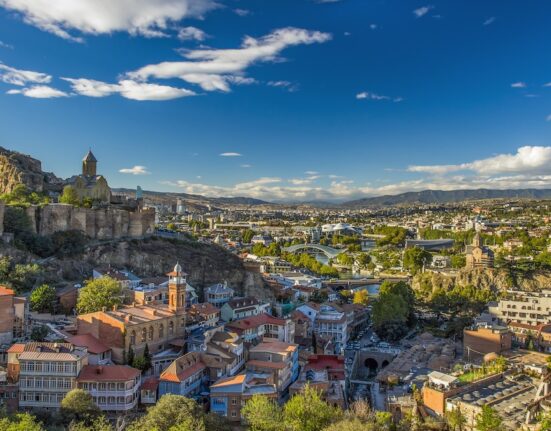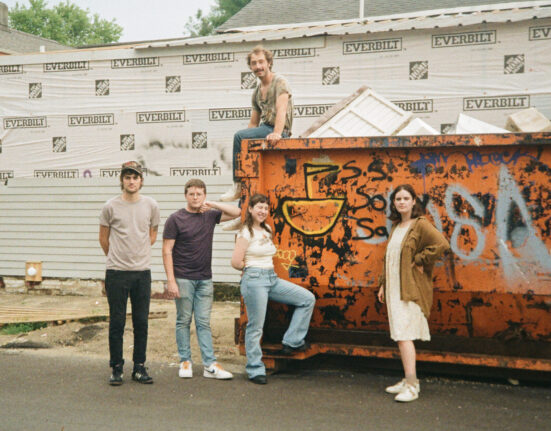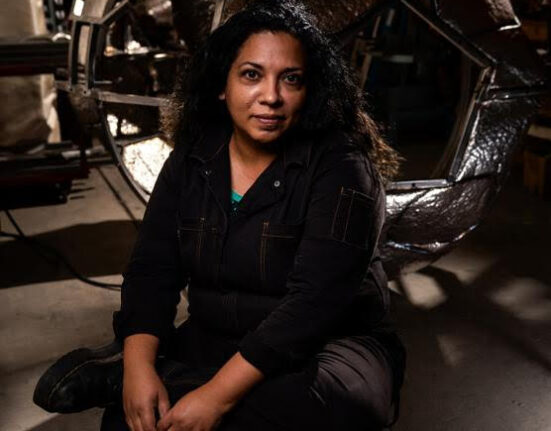The mock Madonna is one of 25 drawings and seven paintings as well as sculpture and decorative art in a quirky show, Art and Artifice: Fakes from the Collection (until October 8), which displays works by artists such as Pieter Bruegel the Elder, John Constable, Georges Seurat and Auguste Rodin. They were considered masterpieces but are now deemed to be forgeries.
What a bunch of rascals these forgers were, how clever, and what fortunes they made from their ill-directed skills.
Today, improved techniques are helping to spot the fakes. Armed with new scanners used to detect forgeries in banknotes and passports, experts can more readily understand the composition of the inks and the paints. X-rays, microscopes and forensic equipment expose works that were baked in ovens to harden the paint surface, prove that sharp tools or black paint were used to imitate the thin cracks that appear over the years and that the fraudsters made worm-eaten panels and curled rusty nails to make hinges.
Of course, a successful forger has to be talented enough to imitate the work he is counterfeiting and, by the same token, experts have to rely on the evidence of their own eyes and their years of training to catch out the cheats.
It might have been an idea if the Courtauld had listened to Kenneth Clark, director of the National Gallery from 1934 until 1945 and maker of the TV series Civilisation when he suggested that the Madonna of the Veil had “something of the silent cinema star” – no less than that most fatale of film femmes, Jean Harlow.
But the painter of Madonna of the Veil was clever – and a talented enough painter to deceive the experts for decades. He was Umberto Giunti (1886-1970) from Siena, Italy, who made his version of the Madonna look as if it was indeed 400 years old by drilling holes on the front of the painting to simulate worm damage and scratching the paint to make it look old.
It worked. The painting was bought by a British politician from an Italian dealer for about £20,000, and he bequeathed it to The Courtauld in 1947. It was hailed as a masterpiece by experts – a “superb composition of the greatest of all the Florentine painters” – and so it graced the walls of the Courtauld for 40 years despite the growing evidence against its provenance.
After the second world war, conservation treatment showed that the robe of the Madonna was painted using Prussian Blue, a pigment that came into use only in the early 18th century, while a hand-held lens showed the grains of pigment to be very fine, as if ground by machine, while 15th-century pigments were ground by hand and would have been coarser.
In 1994 as technology improved, the final proof; pigments were discovered that were not available until 1862 and a microscope revealed that the Madonna’s lips were outlined with black paint when Botticelli would have used a pigment named Madder Lake, an extract made by boiling the root of the madder plant, which was used as a textile dye in ancient Egypt.
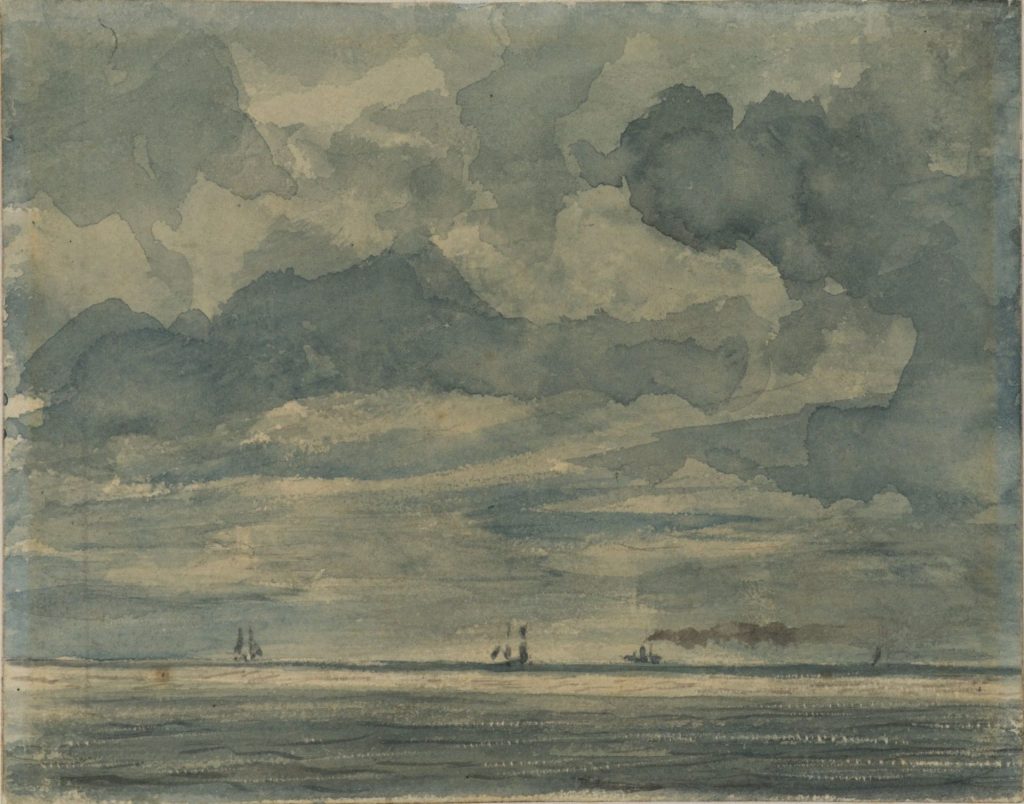
Giunti was not alone in being caught out by using the wrong pigment. To the untutored eye the oil painting A Religious Procession looks in every brushstroke to be a painting by Pieter Bruegel the Elder (around 1525–1569), with its peasants in festive mood, carrying statues of saints. But no. The thin cracks were painted in by the forger in the 1920s with a black pigment that was not available until the 19th century. Who was the forger? A mystery yet to be untangled.
Similarly, Virgin and Child, a forgery in the manner of the artist Duccio (1278–1319), was so sweetly drawn that the collector who acquired it in the late 19th century understandably believed it to be genuine. Not so. It was revealed that the pigments were used only after 1850, and the work was probably late 19th century.
These were carefully thought-out deceptions – others were altogether more random, such as a seascape by John Constable that was a popular addition to the gallery until someone took a close look at the watermark. It dates the work to the 1840s. Constable died in 1837.
No one thought to verify its authenticity because the painting was donated by the artist’s daughter, Isabel, and who would doubt her word about its provenance? It was probably painted by one of Constable’s sons.
Isabel and her family were amateurs compared with professionals such as Giunti, or the artist who produced hundreds of pen and ink landscapes imitating the work of the Italian Baroque artist Guercino (1591-1666) well over a century after he died. The artist was later called Falsario del Guercino – the faker. Well named.
More recently we find men who were positively proud of their work; and it is men – no women are known to have been forgers. (Or, as co-curator Rachel Hapoienu observed: “Maybe they’ve been so talented that we haven’t discovered them yet.”)
One of the most famous – notorious – was the Dutch forger Han van Meegeren (1889–1947) whose oil painting The Procuress, after the style of 17th-century Dutch artist Dirck van Baburen (c1594–1625), depicts a seedy brothel scene. It looks authentic enough, but was painted in the late 1930s.
To add to its plausibility, the original Procuress appears on a wall in two of Vermeer’s paintings, which is entirely fitting because Van Meegeren’s speciality was copying the consummate Dutchman. He spent years seeking out the right paint, canvasses and wood panels. He even recreated a brush similar to the one Vermeer used. So convincing was he that his 1937 forgery The Last Supper was declared to be Vermeer’s seminal masterpiece.
Van Meegeren may well have remained undetected had he not been arrested at the end of the second world war and charged for selling Vermeer’s Woman Taken in Adultery to Nazi general Hermann Göring. He confessed that he had indeed sold the painting, but to prove it was a fake he painted Jesus Among the Doctors under police supervision. The charges of treason were dropped.
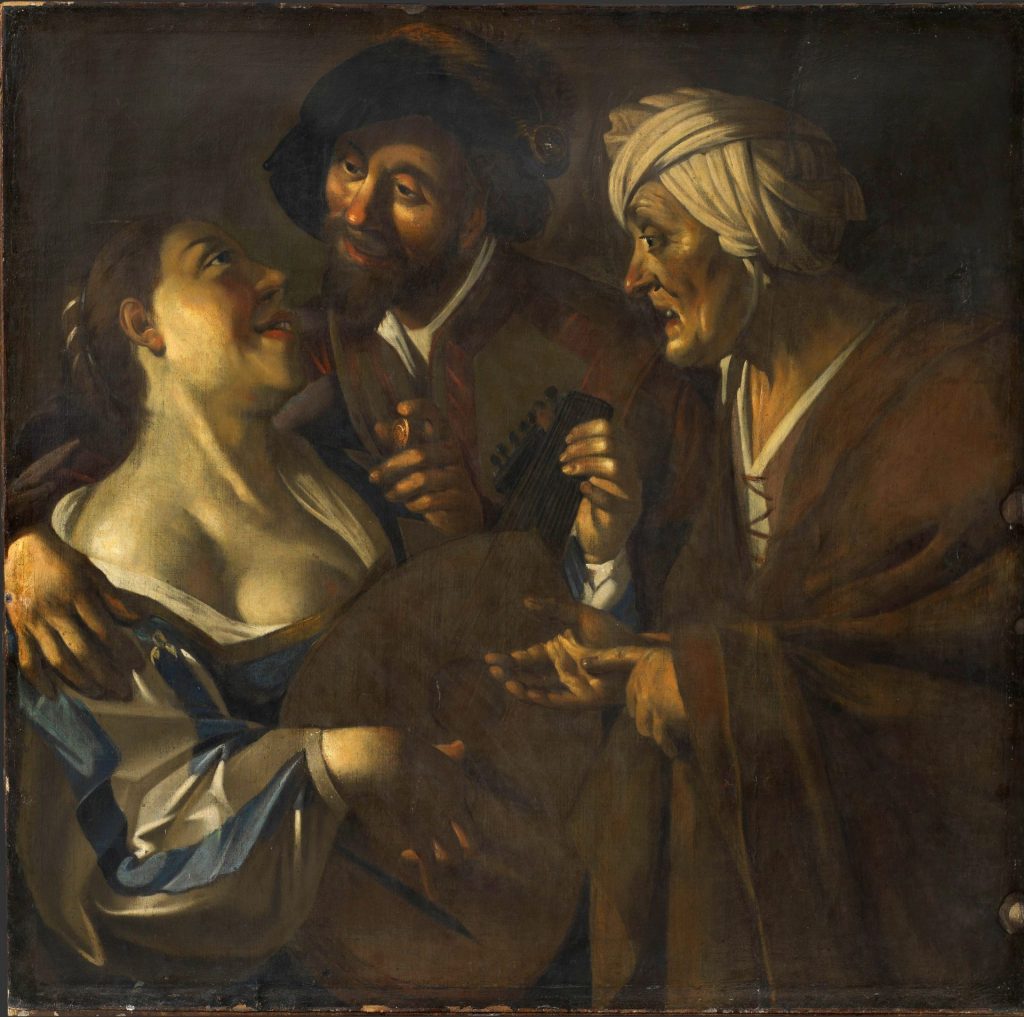
Just as prolific, and every bit as shameless, was Eric Hebborn (1934-1996), who settled in Italy after a rackety youth, where he swiftly realised that there was a thin line between restoration and counterfeiting, and rattled off hundreds of works inspired by Renaissance and Baroque artists such as Rubens, Breughel, Corot, Mantegna, Van Dyck and Poussin.
In 1998 an anonymous call claimed that 11 drawings by Old Masters in the gallery such as Giovanni Tiepolo, Caravaggio and Van Dyck were in fact forgeries by Hebborn. Consternation ensued. After all, Hebborn boasted that hundreds of his fakes remained undetected. In fact, research established that at least six of the drawings existed before Hebborn was even born, including a pen and ink by Tiepolo, Figures Worshipping a Pagan Idol, which had been sold in 1936 when Hebborn was two years old.
Hebborn does get an outing in the exhibition with his Man Asleep in an Armchair in the manner of Thomas Rowlandson (1757-1827), which we know is a fake because Hebborn boasted about it in his book Drawn to Trouble: Confessions of a Master Forger.
Yet a question mark lingers over a Michelangelo, a red chalk and pen rendering of the Virgin and Child that came “out of the blue” to the gallery in 1970. Is it a Michelangelo, a Hebborn or a follower of Michelangelo imitating his style? The detective work continues.
Admitting to the uncertainty of a work’s provenance gives the exhibition its unusual charm and helps to emphasise how difficult it is for a would-be buyer to be sure that what they are about to spend tens of thousands on – perhaps even more – is the real thing. The art world is awash with money, some galleries are more ruthless, even careless, than others, and prices are ramped up by the proliferation of websites selling art online without transparency or with regulations.
And now there is AI, which might make the creation of forgeries easier and detection more difficult. Another trend exploited by the fakers is the copying of 20th-century art. They can use the same types of paint and paper that would have been used by contemporary artists such as the Abstract Expressionists of the 1940s and 50s, and are easier to fake than, say, a complex triptych by Botticelli.
For example, wealthy New Yorkers were shocked to discover that between 1994 and 2009, more than 60 fakes ostensibly by the likes of Rothko and Pollock were sold for $80m through one of Manhattan’s most respected galleries. They were fooled by a Chinese maths professor working from his garage in Queens. And last year the Orlando Museum of Art held an exhibition of unseen pieces by Jean-Michel Basquiat. It was raided by FBI agents, who carted off all 25 paintings… every one a fake.
But then, Orlando is in Florida, home to a certain Donald J Trump, the biggest fake of them all. Fake views, indeed.



